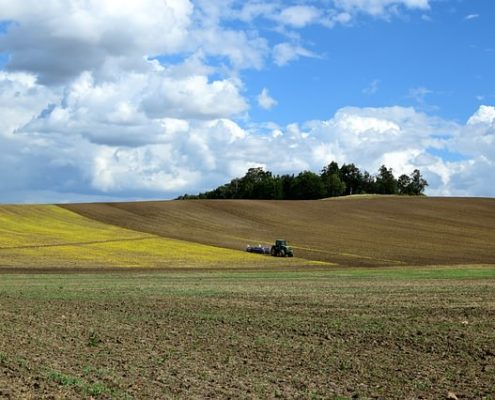ENVIRONMENTAL RISK MANAGEMENT
- Agroecology;
- Analysis of the influence of technogenic factors;
- Environmental supervision;
- Monitoring of potentially dangerous objects;
- Environmental risk management;
- Environmental assessment of soil pollution with fuels and lubricants;
- Detection and localization of burial sites of industrial wastes of any chemical composition.
HYDROGEOLOGY
- Seasonal monitoring of the dynamics of changes in the properties of groundwater;
- Search and localization of groundwater;
- Mapping of groundwater and its pollution;
- Search for sources of salt and fresh water.
ROADS, RAILWAYS, AIRFIELDS
- Determination of the pavement thickness, railway embankment, runway elements, aerodrome steering tracks;
- Determination of the roof geometry of the natural base and ballast;
- Conformity control of the structure of pavement, railway embankment, runway — design documentation strips;
- Identification of loose and flooded areas;
- Study of the features of reinforcing concrete slabs;
- Study of engineering and geological conditions of areas subject to deformation;
- Study of the engineering and geological situation of the territories adjacent to airfields.
UTILITY DETECTION
- Monitoring the status of underground utilities
- Search and localization of sources of water leakage in underground pipelines;
- Determining the location of underground utilities, structures, etc;
- Mapping of underground utilities.
CIVIL ENGINEERING
- Search and localization of various defects in wooden, brick, reinforced concrete building structures;
- Detection of fittings, hidden wiring, utilities;
- Clarification of engineering-geological and hydrogeological conditions of construction sites;
- Search for hidden defects in the walls of engineering structures, mines, tunnels, in supports and ceilings;
- Monitoring the status of the underground space during the preventive work on hydrotesting of water supply networks.
ARCHAEOLOGY
- Localization and analysis of archaeological objects — burials, artifacts, household items;
- Mapping of ancient structures — identifying the location of the foundation and walls of destroyed buildings;
- Determination of the thickness of the cultural layer;
- Monitoring the status of architectural monuments hidden under the ground;
- A detailed study of archaeological sites.
PRECISION AGRICULTURE
- Assessment of the concentration of mineral fertilizers;
- Quality control and efficiency of various works;
- Assessment of agricultural land;
- Soil fertility assessment;
- Seasonal monitoring of the dynamics of changes in soil properties;
- Investigation of the state of the soil, determination of zones of fracture, watering.
EDUCATION
- Hydrogeology;
- Archeology;
- Paleontology;
- Agronomy;
- Ecology;
- Volcanology;
- Geophysics;
- and etc.
GIS AND SPECIAL PROBLEM SOLVING
- Search for criminal burials, caches, explosive devices, people under avalanches;
- Identification of unauthorized tie-ins into trunk pipelines;
- Search for the source of leakage and estimation of the amount of leakage from pipelines.






